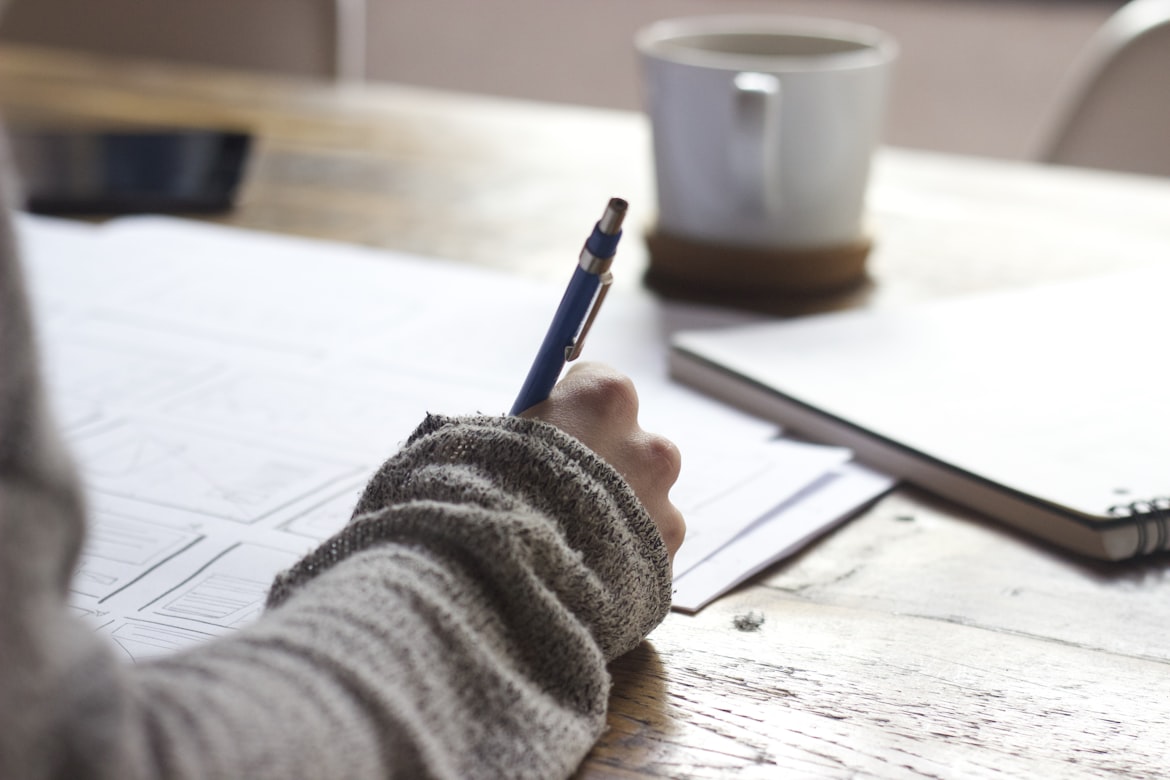Efficiently modeling and teaching social skills to students with disabilities can be achieved through research-based strategies and evidence-based practices. Here are some effective approaches:
1. Social Stories and Social Scripts:
- Use social stories, developed by Carol Gray, to illustrate social situations and appropriate responses. These stories break down complex social interactions into manageable parts.
- Create social scripts that provide students with phrases or sentences to use in specific social situations. Practice and role-play these scripts.
2. Social Skills Training Programs:
- Implement evidence-based social skills training programs, such as the Social Thinking Curriculum, Social Skills Improvement System (SSIS), or PEERS (Program for the Education and Enrichment of Relational Skills).
- These programs offer structured lessons, role-playing, and guided practice in various social scenarios.
3. Video Modeling:
- Use video modeling, where students watch videos of social interactions and behavior modeled by peers or adults.
- Video modeling helps students visualize appropriate social responses and can be particularly effective for students with autism spectrum disorders.
4. Role-Playing and Practice:
- Engage in role-playing activities within a safe and supportive environment. Students can take on different roles to practice social interactions.
- Provide constructive feedback and guidance during role-playing exercises.
5. Social Skills Groups:
- Create or participate in social skills groups where students can interact and practice social skills with their peers.
- Groups provide a natural setting for learning and applying social skills in real-life situations.
6. Visual Supports and Visual Schedules:
- Use visual supports, such as social cue cards, visual schedules, and visual prompts, to help students understand social expectations and routines.
- Visual aids provide clarity and structure for students with disabilities.
7. Positive Behavior Support (PBS):
- Implement a PBS approach to address challenging behaviors while promoting positive social interactions.
- Identify and reinforce appropriate social behaviors through positive reinforcement and individualized strategies.
8. Peer-Mediated Interventions:
- Encourage peer involvement by pairing students with disabilities with neurotypical peers who can serve as social mentors and models.
- Peer-mediated interventions promote social inclusion and learning from peers.
9. Generalization and Real-Life Practice:
- Focus on generalization by helping students apply social skills learned in structured settings to real-life situations.
- Encourage practice in various contexts and with different individuals.
10. Data Collection and Progress Monitoring:
- Collect data to assess students' social skill development and track their progress over time.
- Use data to refine interventions and tailor instruction to individual needs.
11. Family and Caregiver Involvement:
- Involve parents and caregivers in teaching social skills by providing strategies and resources for reinforcement at home.
- Collaborate with families to reinforce consistency in teaching and practicing social skills.
12. Culturally Responsive Practices:
- Ensure that social skills instruction is culturally responsive, recognizing and respecting the cultural backgrounds and values of students and their families.
Remember that teaching social skills to students with disabilities may require patience, repetition, and ongoing support. Tailoring strategies to individual needs and providing a supportive, inclusive environment are essential for success. Additionally, seeking input from specialists, such as speech-language pathologists or behavior analysts, can further enhance the effectiveness of social skills instruction.
photo cred:
1. Unsplash
2. Unsplash
3. Unsplash






0 comments